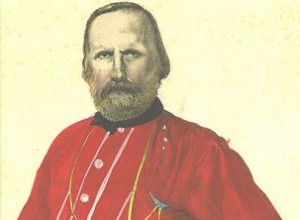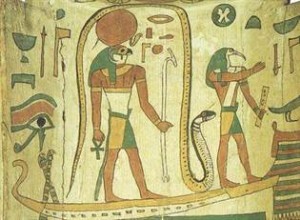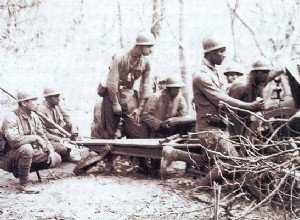Giuseppe Garibaldi, born in Nice[1], July 4, 1807 and died in Caprera (Kingdom of Italy), June 2, 1882, is an Italian politician, nicknamed the Hero of Two Worlds. His parents, originally from the Genoa region, settled in Nice. But, from the age of 7, in 1814, he became a subject of Victor-Emmanuel




